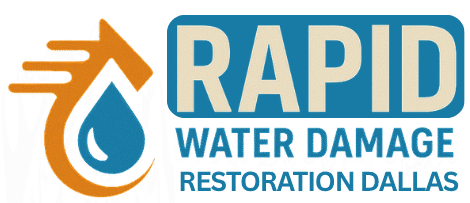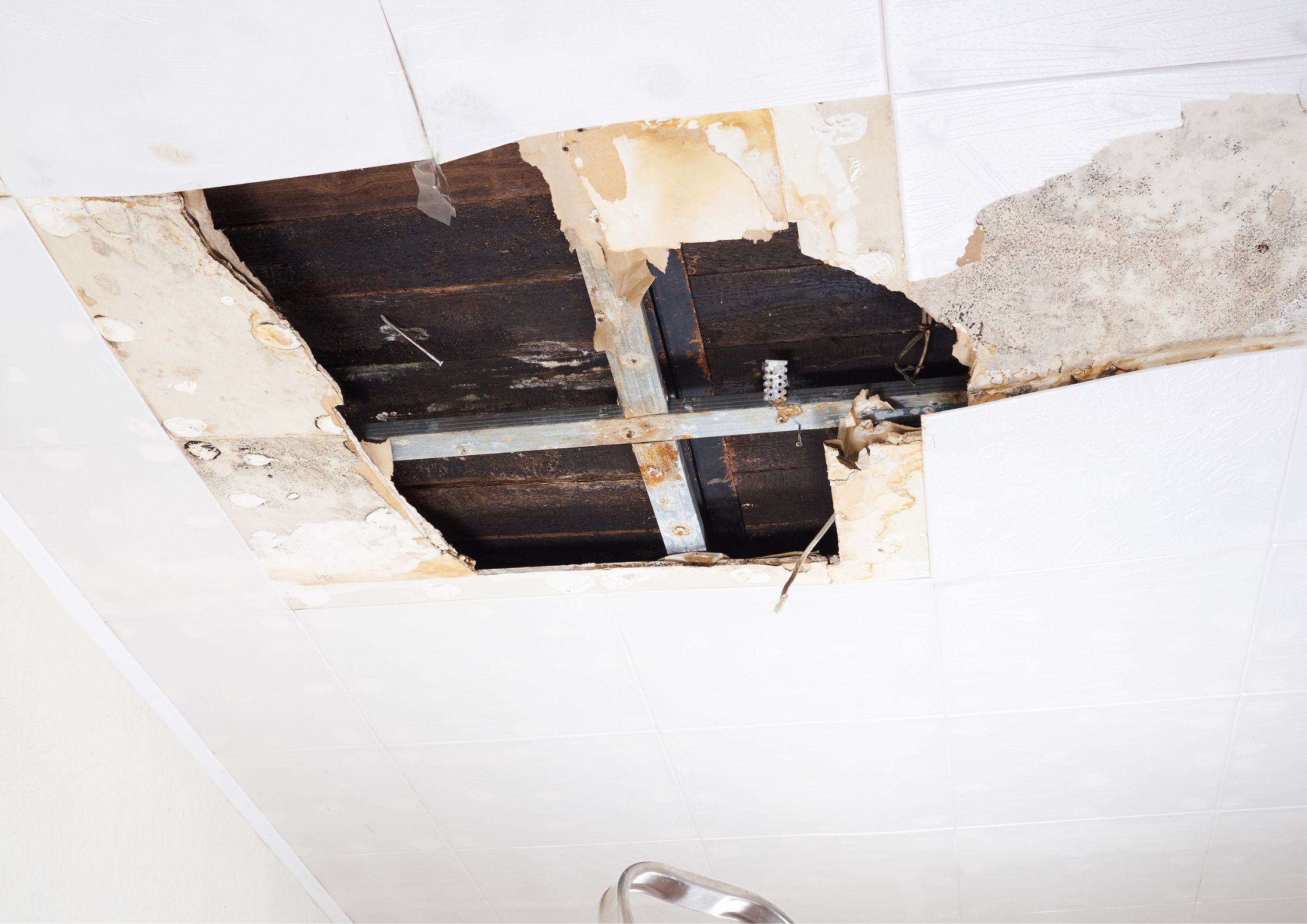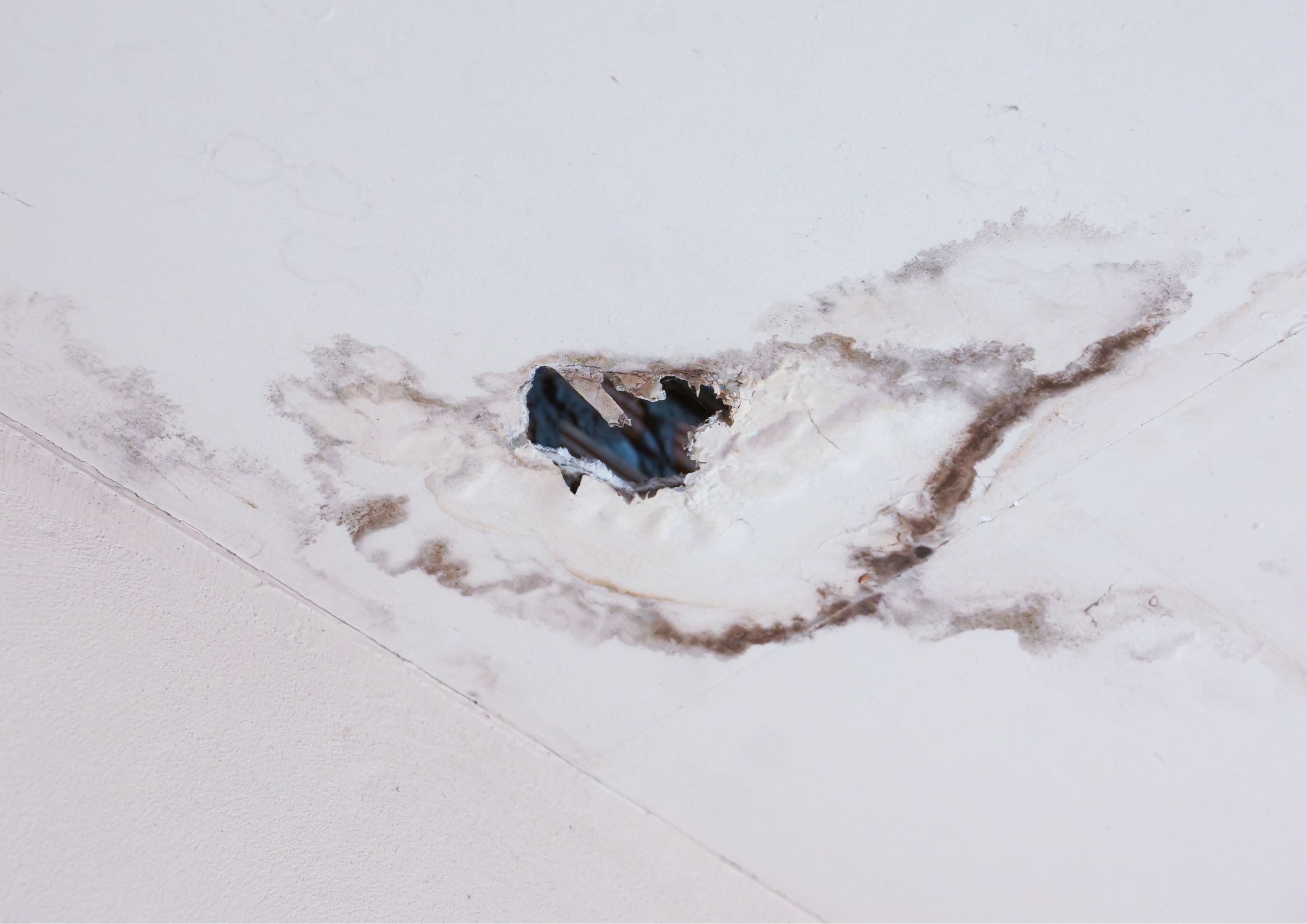Ceiling water damage is one of the most common and frustrating issues homeowners face. Not only can it cause visible stains, peeling paint, and structural issues, but it may also point to a deeper problem within your home. Understanding the common causes of ceiling water damage can help you take early action before the issue becomes costly.
If you notice signs of water spots, sagging ceilings, or damp odors in your home, here are the main reasons behind ceiling leaks and damage.
1. Leaking Roof
A damaged or aging roof is one of the leading causes of ceiling water damage. Missing shingles, cracked flashing, or clogged gutters can allow rainwater to seep into your attic and eventually drip down to the ceiling. Regular roof inspections are key to preventing leaks before they become serious.
2. Plumbing Issues
Pipes that run above your ceiling, especially in bathrooms or kitchens, can develop leaks over time. Burst pipes, loose connections, or corroded plumbing can quickly lead to water stains and mold growth if not fixed promptly.
3. Air Conditioner or HVAC Leaks
When an air conditioning unit is not properly maintained, its condensation drain lines may clog. This can cause water to overflow and damage ceilings, especially in homes with units installed in attics.
4. Bathroom Leaks
Showers, bathtubs, or toilets on upper floors can leak due to damaged seals, cracked tiles, or faulty plumbing. Over time, this constant water exposure weakens the ceiling and creates brown stains or sagging areas.
5. Appliance Malfunctions
Appliances such as washing machines, dishwashers, or water heaters located on upper floors can overflow or develop slow leaks. These unnoticed drips may eventually lead to visible ceiling water damage on lower levels of your home.
6. Clogged Gutters and Downspouts
If gutters are blocked by leaves and debris, rainwater can back up under your roof. This excess water may enter the attic and seep into your ceilings, creating damage that spreads quickly.
How to Spot Early Signs of Ceiling Water Damage
Detecting ceiling water damage early can save you from costly repairs. Watch for these warning signs:
- Brown or yellow water stains
- Bubbling or peeling paint
- Musty odors near ceilings
- Sagging or soft spots
If you notice any of these issues, it’s important to act fast before the damage spreads.
What to Do if You Have Ceiling Water Damage
When you discover water damage, the first step is to identify and stop the source of the leak. Next, the damaged ceiling area should be dried, cleaned, and repaired to prevent mold growth. Professional restoration services can ensure the affected areas are properly treated.
Learn more about professional solutions here:
👉 Ceiling Water Damage Repair
Protect Your Home from Ceiling Water Damage
Routine inspections, proper maintenance, and timely repairs are the best ways to protect your home. Don’t wait until the damage becomes severe—take preventive action at the first sign of trouble.
If you’re dealing with ceiling water damage in Dallas or the surrounding areas, our team is here to help. Get in touch with us today:
👉 Contact Us
✅ SEO Target Keywords Used Naturally:
- Common causes of ceiling water damage
- Ceiling leaks
- Ceiling water damage repair
- Signs of ceiling water damage
- Prevent ceiling water damage




